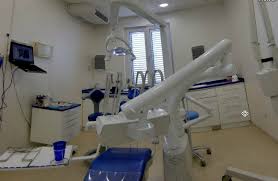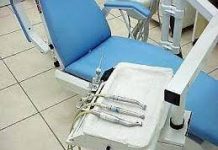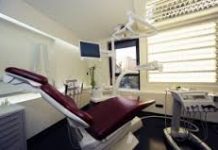Teeth retainer.
Misaligned or crowded teeth and a misaligned bite are widespread oral conditions that are usually treated with the application of dental braces, that force the teeth to move in a proper position. This kind of treatment lasts for some months and then we have straighter teeth and a beautiful smile, but sometimes this hard work can be ruined.
As a matter of facts, teeth might shift or move for many reasons, most of all because of age, but in people who have worn a dental braces, teeth might tend to go back to their initial and natural position, because teeth, tissues, muscles and bones have a sort of memory and it seems that this tendency can be a problem especially during the first 18 months after the dental braces have been removed.
Dental retainer. The use.
An orthodontic retainer literally retains teeth in the new position, and many dentists and orthodontists suggest it to patients that wear dental braces, especially to teenagers or children. Orthodontic retainers are usually made up of rubber or clear plastic and sometimes they have metal wires; a retainer can be fixed or removable and usually it is worn only at night, even if ways of utilisation change from patient to patient.
An orthodontic retainer can be used for months or years, it depends on the condition of the patient; a retainer is a customized device created by a dental lab or by the dentist/orthodontist: during the first appointment a mold, or impression, of the newly straightened teeth is taken and when the retainer is ready, it is inserted in a second appointment.
Of course, even adults use orthodontic retainers after they have worn dental braces, and sometimes a retainer can be useful also for people whose teeth are just moving due to the age.
Orthodontic retainer.
In any case, there are a lot of reasons to straighten teeth and to maintain them in a proper position, and these reasons are not only related to aesthetic issues: straighter teeth are easier to clean, so plaque and bacteria accumulate less easily around the teeth and cavities are reduced; chewing is improved, then also the digestion and absorption of nutrients; with a correct bite alignment, breathing and speaking are improved, and a better overall health also helps in case of diseases related to the teeth, such as diabetes.





